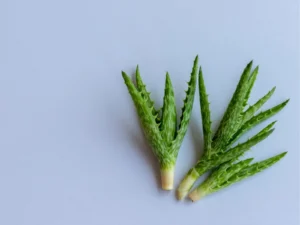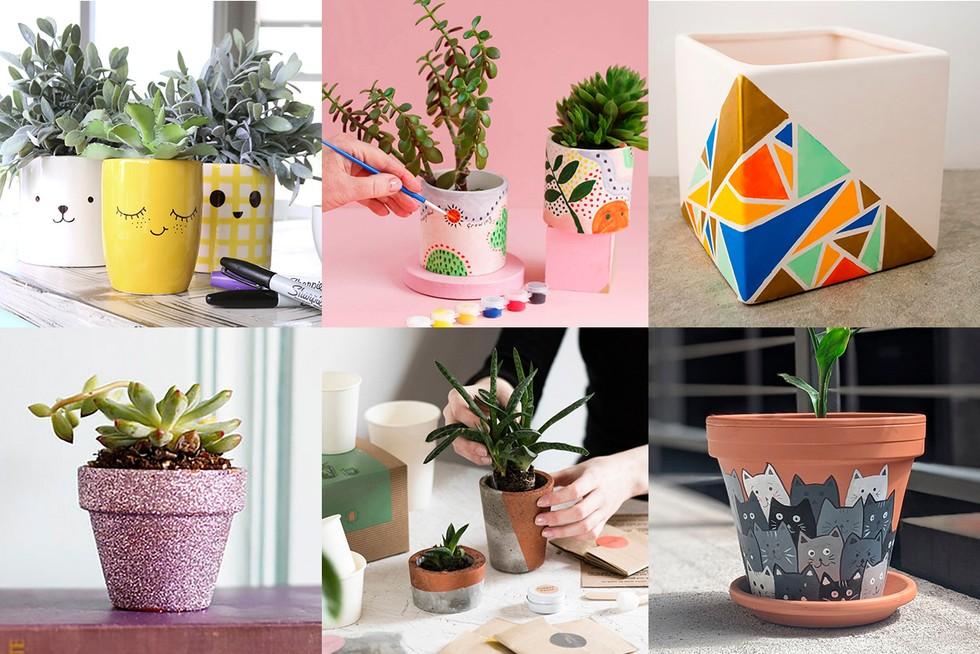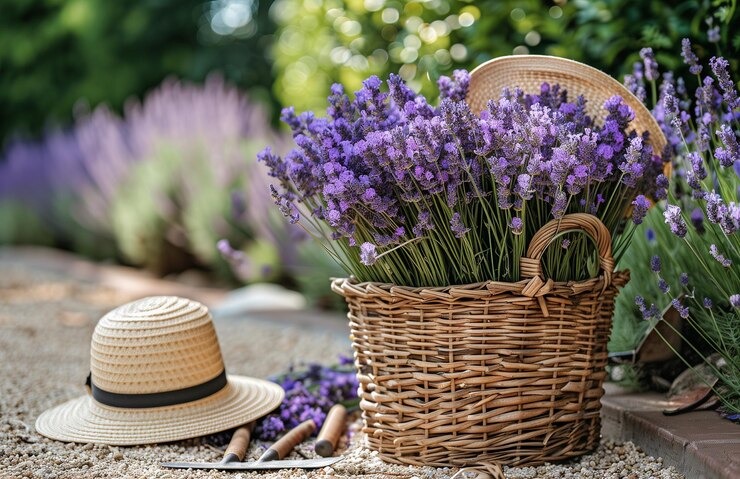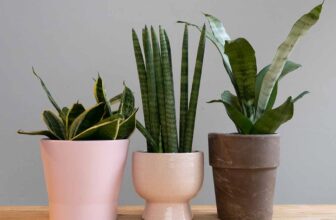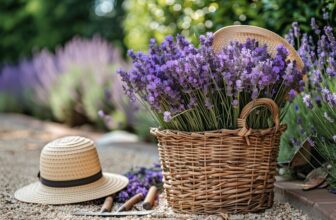What is Aloe Vera?
Aloe is a diverse genus comprising over 500 species of succulent plants known for their flowering abilities. Many varieties of Aloe are naturally found in North Africa. ‘Aloe vera’ is derived from the Arabic word ‘Alloeh,’ meaning a shining bitter substance. This plant has been utilized by people for millennia, with a history of folk remedies for conditions such as constipation and skin disorders. Aloe cultivation is widespread worldwide, mainly for the extraction of ‘Aloe gel’ obtained from its leaves.
The earliest known human use of Aloe vera dates back to the 16th century BC, as recorded in the Ebers Papyrus, an ancient Egyptian medical document. In ancient Egypt, Aloe vera was referred to as ‘that plant of immortality.’ Historical records show its therapeutic use in various cultures, including China, Japan, India, Greece, Egypt, Mexico, and Japan.
Aloe vera is recognized by its thick, pointed, fleshy green leaves, which can grow approximately 12–19 inches (30–50 centimeters) long. Each leaf contains a gel-like tissue that stores water, giving the leaves their characteristic thickness. This watery tissue, often referred to as ‘gel,’ is rich in beneficial bioactive compounds such as vitamins, minerals, amino acids, antioxidants, polyphenols, and other elements. These compounds have been found to have antimicrobial properties, helping to inhibit the growth of certain bacteria responsible for human infections.
What is Aloe Vera Good For
Skin Treatment
Aloe vera contains 19 of 20 known amino acids necessary for any organism. Amino acids soften hardened skin cells. Aloe vera also stimulates collagen production to improve elasticity and dryness within the skin. Aloe vera helps clear acne and even as a cooking oil.
People can grow aloe vera at home or buy it as a whole plant. A range of skin lotions, ointments, beverages, and cosmetics contain aloe vera. Using aloe vera for sunburn is a natural treatment option that is suitable for a range of skin types. Aloe vera may provide a cooling respite to areas of sunburned skin.
It helps by reducing inflammation and easing sunburn symptoms. Taking care of skin before and after exposure to ultraviolet (UV) rays from the sun is important. Sunburn can lead to not just sore skin but also skin cancer, eye problems, and premature aging. Aloe vera gel or juice is antibacterial and helps prevent peeling skin following over-exposure to the sun. Aloe vera also has anti-inflammatory properties and high water content that helps hydrate the skin.
Oral Treatment
Aloe vera has demonstrated its effectiveness in combatting the plaque-producing bacterium Streptococcus mutans and the yeast Candida albicans in the oral cavity. This antimicrobial action is attributed to anthraquinones in Aloe latex, which exert natural anti-inflammatory effects, promoting healing and reducing pain.
In the realm of oral hygiene, Aloe vera has shown promise. Research has indicated that Aloe vera incorporated into toothgels can be equally effective as traditional toothpaste in the fight against cavities. In a study, researchers compared the germ-fighting properties of an Aloe vera tooth gel with two commonly used toothpaste brands. Surprisingly, they discovered that the Aloe vera gel was on par with, and in some instances even superior to, the commercial toothpaste products in controlling oral bacteria responsible for the formation of cavities.”
Many people experience mouth ulcers, or canker sores, at usually form underneath the lip, inside the mouth. Aloe vera gel not only accelerated the healing of mouth ulcers, it also reduced the pain.
Hair Treatment
Some aloe vera users believe that its benefits come from the many vitamins and antioxidants it contains. These properties may make it a powerful addition to a hair care routine for a person with oily hair. This is because it can deep clean the hair, removing any dirt and extra oil on the hair. Dry, damaged, and brittle hair all need extra moisture and nourishment. These vitamins may help strengthen the hair. Aloe vera has zinc and provides moisture. Therefore, it could be effective for people with dandruff. People who have dandruff may wish to consider trying aloe vera to relieve the flakes and itching. Additionally, aloe vera’s natural antifungal properties could help fight the yeast overgrowth that causes the condition. Not only might aloe vera be effective in treating the causes of dandruff, but it may also help relieve the associated itching. Because of this, people use aloe vera as a treatment for dandruff.
Diabetes
Aloe vera is occasionally considered as a potential remedy for diabetes, as it is believed to enhance insulin sensitivity and contribute to improved blood sugar management. Certain studies have suggested that aloe vera might offer benefits to individuals with prediabetes or type 2 diabetes by influencing glycemic control.
CAUTION: Long-term use of aloe Vera may result in stomach cramps or diarrhea due to its laxative effects. So do not use it consistently. More, not all the species of aloe vera are edible.
How to grow Aleovera
The inner part of the aloe leaf, containing both gel and latex, is widely used in the preparation of various medicinal products.
Aloe vera is a stemless plant typically reaching an average height of 24cm to 39cm, with thick and fleshy leaves. In some cases, the leaves can grow up to 0.5 meters in height.
There exist approximately 150 species of Aloe, with Aloe barbadensis, A. chinensis, A. perfoliata, A. vulgaris, A. indica, A. littorals, and A. abyssinica being among the commonly cultivated varieties. These varieties are recognized for their therapeutic properties and are frequently utilized in various medicinal applications.
Conditions Require For Cultivation
Rainfall 35-40cm
Temperature 30-35°C
Soil Temperature 25-40°C
Fertilizers(kg/Acer):NITROGEN-20, PHOSPHORUS-20, POTASH-20
UREA-44, SSP-125, mPOTASH-34
pH ranges up to 8.5. (To measure the pH of soil, buy ph meter here https://pakplants.pk)
Soil Type:
Aloe vera is a versatile plant that can thrive in different soil types but cannot tolerate waterlogged conditions. For optimal results, Aloe vera is best grown in loamy to coarse sandy loam soils.
Prepare Land:
The roots of Aloe vera have a limited penetration depth, typically not exceeding 20-30 cm. Therefore, it is essential to prepare the soil appropriately. Depending on the soil type, thorough plowing is recommended to create a fine tilth. During the final plowing stage, it is advisable to incorporate approximately 6 tons per acre of well-decomposed cow dung into the soil.
For planting, the field can be organized into ridges and furrows, with Aloe vera suckers spaced either 45 cm or 60 cm apart. If necessary, irrigation may be required to ensure optimal growth. The suckers should be planted at intervals of 40 cm or 30 cm apart.
The ideal time for sowing Aloe vera suckers is during the months of July and August, as this period promotes better growth. Under irrigated conditions, it is possible to sow throughout the year, except during the winter months.”
Seed Treatment:
3-4 months old suckers are used as planting materials.
Irrigation:
During the summer months, it is advisable to apply irrigation with a frequency of approximately every two weeks. In the rainy season, Aloe vera plants typically do not require any additional irrigation due to the natural moisture levels. However, in the winter season, it is important to reduce irrigation as the plant has lower water uptake during this period.
The initial irrigation should take place immediately after planting the Aloe vera suckers. It’s crucial to exercise caution and avoid overwatering the fields, as excessive moisture can be detrimental to the crop. It is recommended to allow the fields to dry out before initiating the next round of irrigation. Additionally, before irrigating, it is beneficial to perform drenching to ensure that any excess water can run off effectively.
Harvest :
Aloe vera crops typically require 18 to 24 months to reach full maturity. During the course of a year, they produce yellow-colored flowers. Harvesting can be done up to four times annually, involving the cutting of 3 to 4 leaves from each plant. It’s advisable to conduct the harvesting in the morning or the evening. Aloe vera leaves have the ability to regenerate, allowing for a potential harvesting period of up to 5 years.
Following the harvest, it’s important to allow the freshly harvested plants to wilt and lose moisture in the field before transportation. Typically, wilting occurs within a range of 24 to 72 hours. To prevent fermentation or mold growth, it’s essential to keep the plants dry and cool. One common method is to place them on a concrete floor in a shaded area.
Grow Aleo vera indoor:
Propagating Aloe vera is a straightforward process. Aloe vera plants thrive when placed near a bright window. However, it’s essential to avoid positioning them too close to the glass, as limited air circulation and localized heat buildup can occur when exposed to strong sunlight. For indoor cultivation on a kitchen bench, the non-edible Aloe vera variety known as Aloe vera var. chinensis is a preferable choice. This variety is more compact, making it well-suited for indoor environments.
